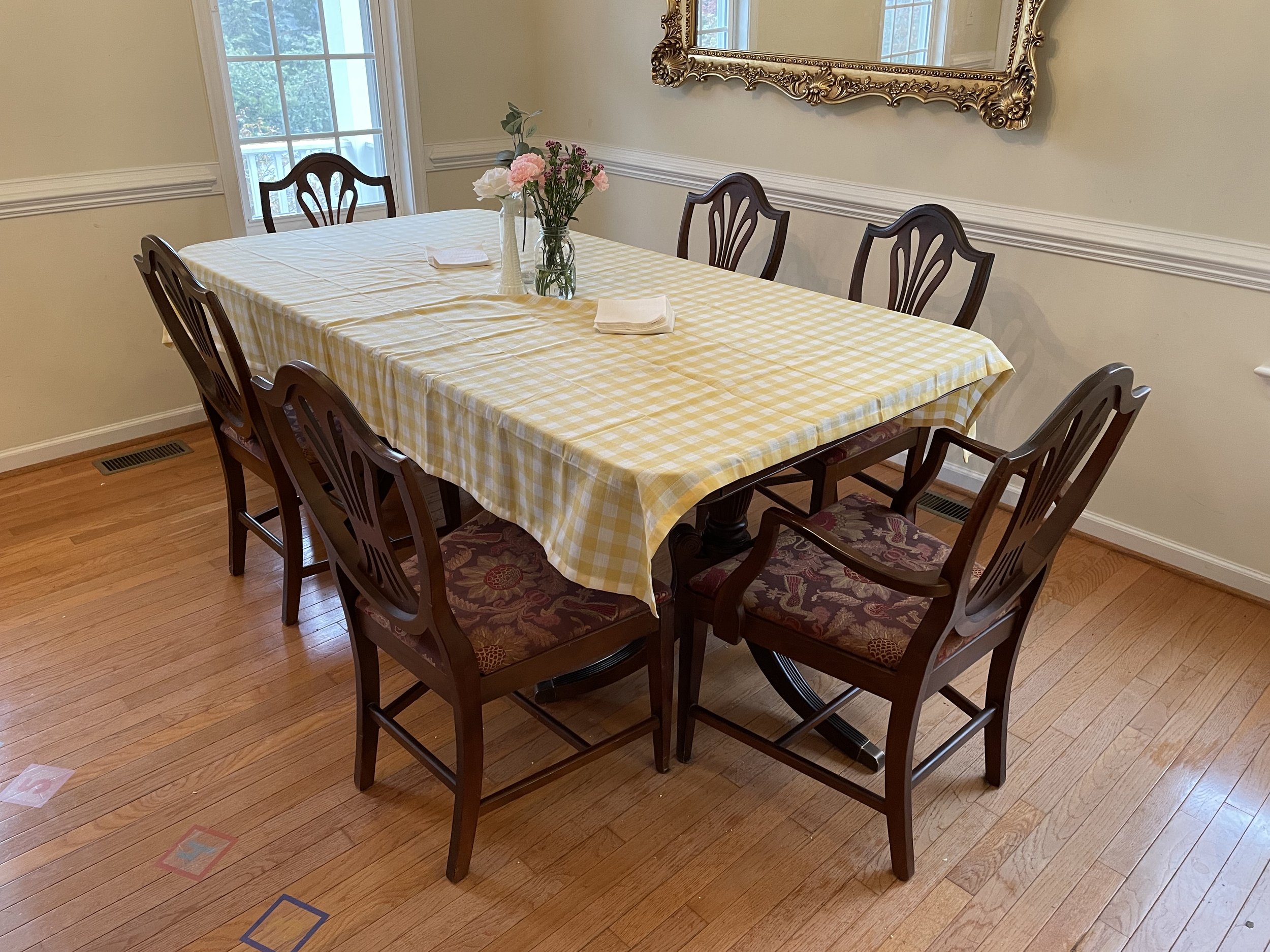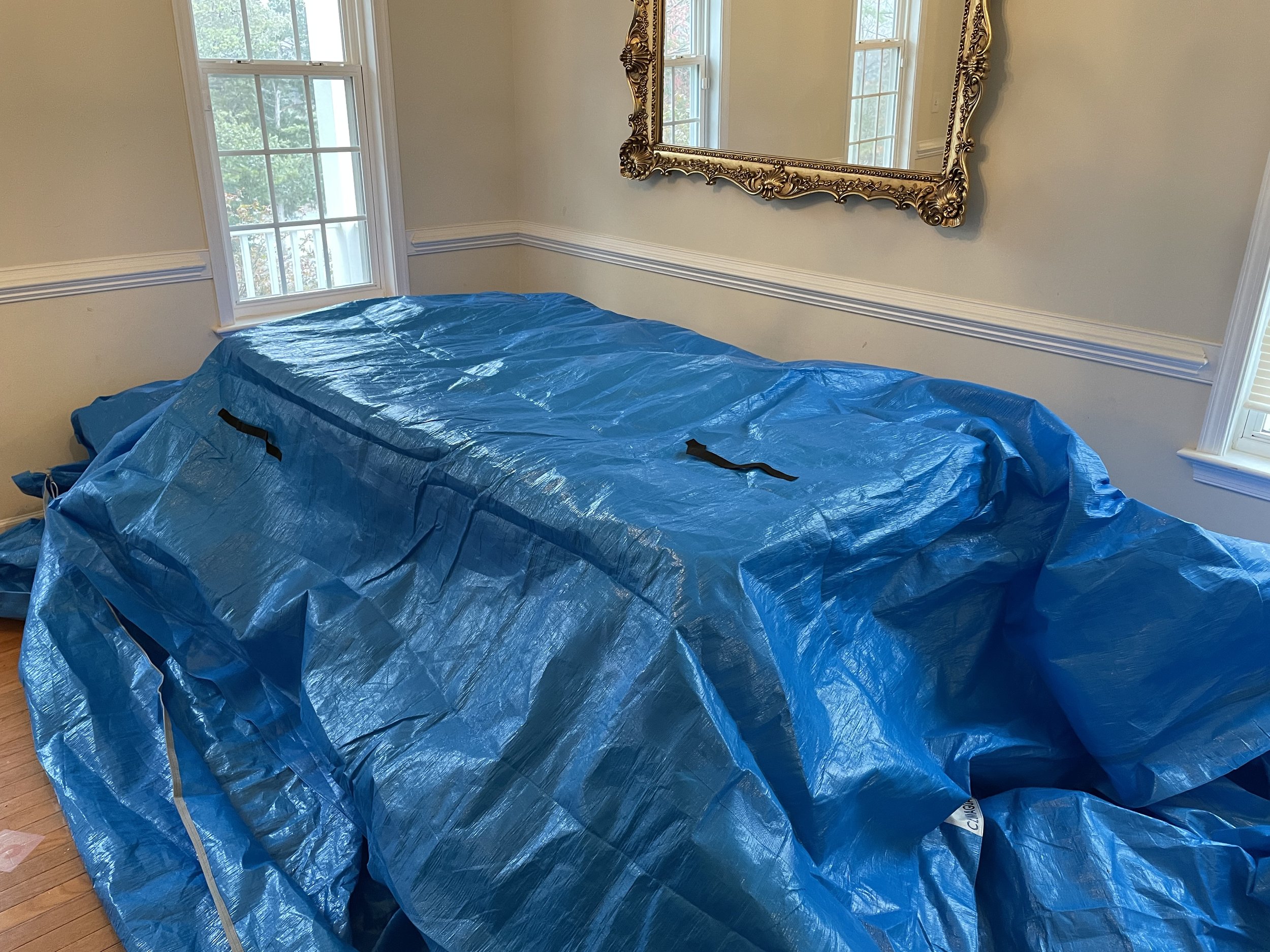If you’ve ever had to evacuate your home, you had to wonder what you would come back to. Would everything be ruined? With the ClimaGuard Temporary Protective Enclosure (TPE), it doesn’t have to be.
My family and I love to go to the beach for a family vacation. My wife and kids love playing in the sand and waves…while I prefer watching for sharks and riptides, tracking the tide, watching for severe weather, and seeing what hurricane evacuation plans the local community has. …and I guess I like the waves, too (not so much the sand).
As an emergency manager and The Preparedness Guy, I try to look at things from the individual perspective, and I also try to see what the community and local emergency management agency has put into place, including the evacuation planning. It is a huge task to figure out how you will get all those people away from the hazard zone if something bad is going to happen. The good thing about just visiting the beach is that when we leave, we just go to our safe and comfortable home, but for the millions of people who live near the coast, it’s a different story. When you receive an evacuation order, it is not done lightly. Your local authorities are weighing the options, considering the information available, and above all trying to keep the people safe. Unfortunately, it’s impossible to take everything with you when you leave. In fact, it’s recommended that if you have more than one car, you only take one during an evacuation in order to limit the number of cars on the road. But what do you do with the one you leave behind??
During severe weather with high water potential, which could come from a hurricane or other severe rainstorm, from a storm surge (which causes the most deaths during a hurricane), or whatever else, your vehicle, if left behind, can be seriously damaged.
Photo Credit: North Collier Fire Rescue District
You may have heard about electric vehicles catching fire after being exposed to too much water during Hurricane Ian in 2022. While electric vehicles were a hot topic, any car or other item can be damaged by water. Here’s what you can do to protect your car: Use the ClimaGuard Temporary Protective Enclosure. It’s small enough to fit in your trunk or on a shelf in your garage, and light enough that I, a grown adult man, could carry it easily! Here’s what you do to use it:
Find an area where you can park, preferably near two sturdy posts in the ground, such as posts in a carport, sturdy fence posts, a pillar in a garage, or something similar which can be used as an anchor point. Make sure the area is clear of sharp objects and first lay down the straps.
Lay out the ClimaGuard TPE perpendicular to the straps, flatten the TPE, make sure the flap is open, then drive your car onto it. Now you just pull the flap over, zip it up, and then wrap the straps around, securing them on both sides to a sturdy, grounded pole or post.
What do the straps do? They keep your car from floating away! If you attach both straps, one on each side of the vehicle, it will also keep your car from bumping into things and causing damage.
This whole process is extremely simple and only takes a few minutes.
When you have advanced warning but you have to leave items behind, you can save yourself a lot of trouble (and money) by putting them in the ClimaGuard TPE. Did you know this can be used for more than just cars? Even if you want to protect items on an upper level of your home, or something you put in your garage or a storage unit, the ClimaGuard TPE can offer protection. The after-effects of severe storms or flooding can include power outages, which eliminate climate control, and those combined, especially in a warm, humid environment, are a breeding ground for mold. Using the ClimaGuard TPE will reduce that risk and protect the items you care about.
It’s actually really cool to see how a car can float:
Here is an example of how to use the ClimaGuard indoors.
Let’s say this table is worth a lot. Maybe it’s a family heirloom. Wait, no, let’s say it’s a regular dining room table, since those are expensive enough!
What I did was move the table and place the ClimaGuard Temporary Protective Enclosure in the open space. I then moved the table onto it. You can set up the TPE anywhere and move anything onto it. In fact, fill it up! Stack furniture, boxes, artwork, appliances, and whatever else you can’t take with you when you leave. If you come home and there was no flood, you still get a chance to sweep behind all that stuff before you put it back, so no matter what, you win!
Next, I just folded the flap over the top. Of course, I removed the table decorations, but again, you can stack the ClimaGuard full of everything you want to protect. I’m certain I could have fit both my couch and this table on top of it!
Finally, just zip it up! If you plan on storing something long-term, add a large desiccant, which is a moisture absorber. That way, you don’t get moisture trapped inside for long-term.
Protecting what matters most
So that’s how you protect the most valuable things you leave behind. Honestly, it’s a solid plan. You can’t take everything with you when you leave. Even in the preparedness community, we know that when we evacuate, we may need to leave behind important gear, tools, or even food storage. This is a way to protect all that. …but that’s not what is most important.
What matter most is your family. Making sure you have a good plan on where to go and how to get there when you evacuate is essential. You need to understand your hazards. First, floods can happen in every state in the US, so don’t rule that out immediately. If you live on the coast, storm surge and hurricanes are a concern. Your area will also have evacuation routes and plans. Take advantage of those resources. Visit the FEMA flood map to get an idea of what your flood risk may be. Don’t rely completely on this, though. Familiarize yourself with the area. If you recently moved in, talk to people who have been there a long time and see what kind of flooding or other emergencies have impacted the community. You will be better off working together.
To get started with your own family emergency planning, sign up here for a Free Family Emergency Plan Template:
Make sure you can get out of your home, your neighborhood, and your community, and that you know where you will go. Figure out a primary and alternate route.
Also make a plan for what you will take with you. If you have children, pets, anyone on medication, that all takes planning. Decide which of your basic needs you will want to take with you, including food, water, cell phones and chargers, important personal or financial documents, clothing, and more.
Do you want to know my favorite part about all of this? Practicing. Emergency drills make you more capable of getting things right in an emergency. Download your family emergency plan, buy a ClimaGuard TPE, and run a drill where you evacuate your home and leave a car or other items behind! You will familiarize yourself with your plan and your equipment, which is empowering!
For additional information, here is an article about 4 steps to prepare your home for flooding.





